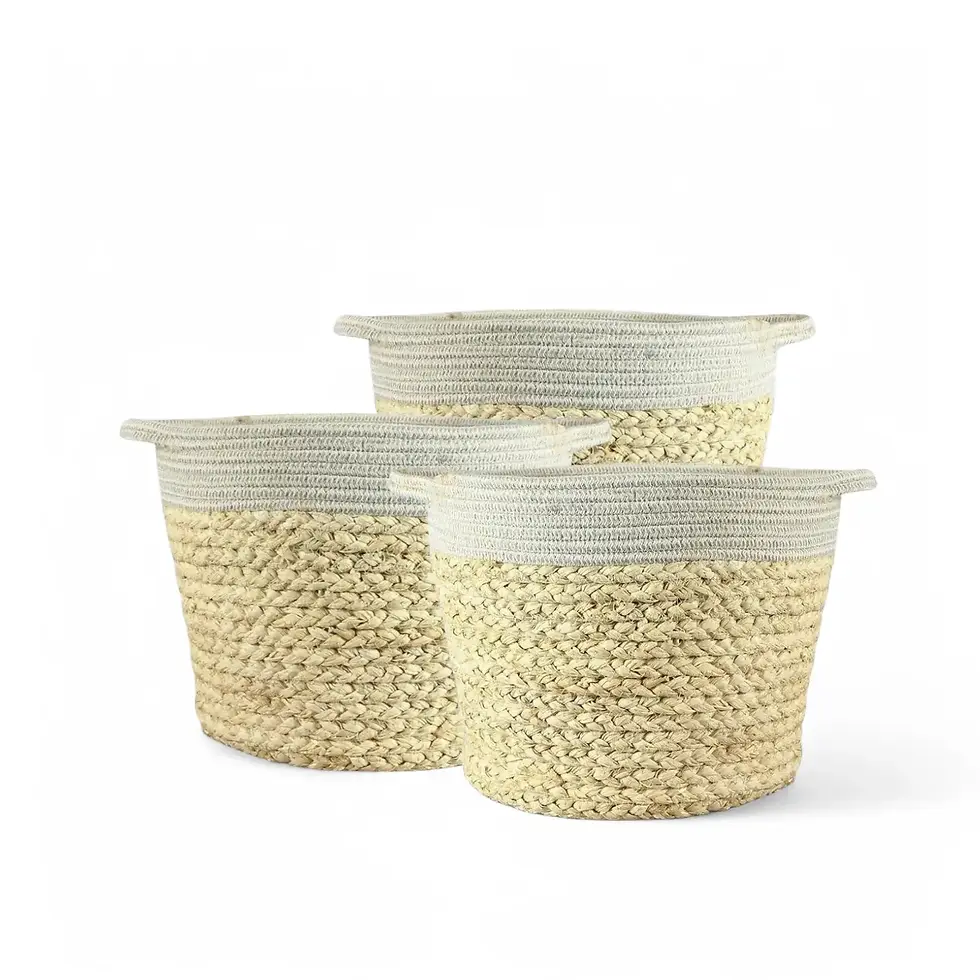Hoya scortechinii - Information and Plant Care
Hoya scortechinii is a captivating epiphyte renowned for its delicate beauty and resilient nature. Native to Southeast Asia, this plant is known for its climbing or scrambling growth habit, reaching lengths of up to 3 meters in its natural habitat. Its thin, branching stems and attractive, thick leaves make it an excellent choice for anyone looking to add a touch of tropical elegance to their indoor space. Unlike some Hoyas, the flowers of Hoya scortechinii are unscented but no less charming, showcasing a subtle blend of pale yellow and pink hues. This hardy and adaptable species thrives with minimal care, making it a delightful addition to any Hoya enthusiast's collection.
What Makes Hoya scortechinii Unique?
- Vigorous Climbing Growth: This Hoya can grow up to 3 meters in length, with slender, branching stems that can be trained on supports or left to cascade naturally.
- Thick, Textured Leaves: The ovate-lanceolate leaves are stiff and provide a robust appearance. Each leaf measures about 1.5 cm long, with faint pinnate venation that adds subtle texture.
- Charming, Unscented Flowers: Produces clusters of 5 to 20 small flowers, 7 to 8 mm wide, in shades of white to pale yellow with pink apices. Though unscented, they add a soft, delicate touch.
How to Care for Hoya scortechinii
To keep your Hoya scortechinii healthy and thriving, it’s essential to replicate its natural environment as closely as possible. Follow these care guidelines to provide optimal conditions:
→ Light Needs for Hoya scortechinii
- Thrives in bright, indirect light.
- Avoid prolonged direct sunlight, which may scorch the leaves.
- Too little light can slow down growth and reduce flowering.
→ Watering Hoya scortechinii the Right Way
- Allow the top 2-3 cm of soil to dry out between watering.
- Ensure the pot has good drainage to prevent root rot.
- Never let the plant sit in stagnant water.
→ Humidity and Temperature for Hoya scortechinii
- Prefers moderate to high humidity (60-70%).
- Avoid misting the leaves to prevent fungal issues.
- Maintain stable indoor temperatures between 18°C and 25°C.
- Keep away from cold drafts and sudden temperature fluctuations.
→ The Best Soil Mix for Hoya scortechinii
- Requires a well-draining, airy mix that mimics its natural epiphytic habitat.
- Use a blend of orchid bark, perlite, and coco coir.for optimal drainage.
→ Fertilizing Hoya scortechinii for Healthy Growth
- Feed monthly with a balanced, water-soluble fertilizer during the growing season.
- Avoid over-fertilizing, as excess nutrients can damage roots.
Common Problems with Hoya scortechinii and How to Fix Them
- Yellowing Leaves: Usually caused by overwatering or poor drainage. Let the soil dry out slightly before watering again.
- Drooping Leaves: Often a sign of underwatering or low humidity. Adjust watering habits and increase humidity levels if needed.
- Pests: Look out for mealybugs, spider mites, and aphids. Treat infestations with insecticidal soap , neem oil, or use beneficial insects.
- Root Rot: Caused by excessive moisture and poor drainage. Use a well-draining potting mix and ensure the pot has drainage holes.
Hoya scortechinii Growth and Propagation Tips
- Support for Climbing: Train Hoya scortechinii on a trellis or moss pole to encourage vertical growth.
- Propagation: Easily propagated from stem cuttings. Place cuttings with at least two nodes in water or a well-draining potting mix.
- Pruning: Regular pruning helps control the size and encourages bushier growth. Remove dead or yellowing leaves as needed.
- Placement: Keep the plant in a stable environment with bright, indirect light and avoid exposure to drafts.
Understanding the natural habitat of Hoya scortechinii provides key insights into its care. Mimicking its tropical environment with proper light, humidity, and temperature ensures vigorous growth and long-term health.
The Meaning Behind the Name Hoya scortechinii
The genus Hoya is named after the English botanist and gardener Thomas Hoy (circa 1750-1822), who was known for his work with tropical plants. The specific epithet, scortechinii, likely honors a notable figure in botany or horticulture, continuing the tradition of naming species after individuals who have contributed to plant science.
Hoya scortechinii
Hoya scortechinii comes in a ⌀ 6 cm pot and is approximately 10–15 cm tall

























































